Cozumel Gardener Butterflies
Butterflies & “Weeds”: Why Every Cozumel Garden Needs Both
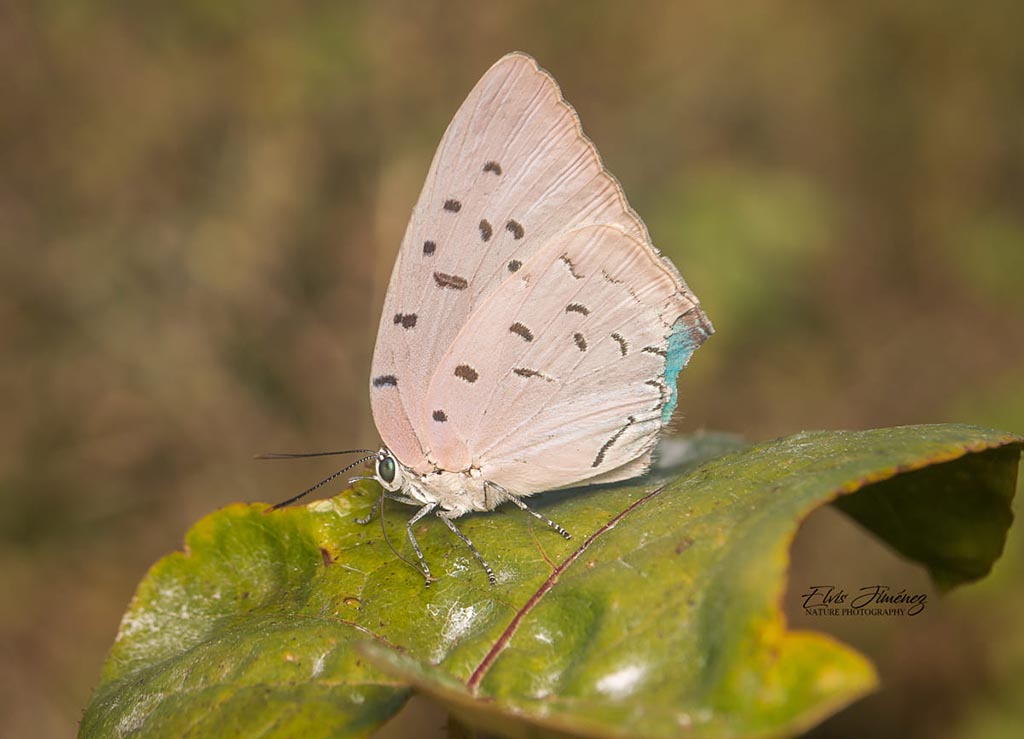
My wife and I were returning from burying one of our beloved terriers named Bandit and I began to notice that as we walked through the fields there was the most beautiful and striking yellow and red flowers and I asked one of the workers if I could take a plant and he said they were weeds and I could help myself .
Well I took one home and transplanted into my garden and wanted to know more so I researched it and it was a tropical milkweed native to the Caribbean and South America with others in the same family in North America and it turns out it is the preferred food of the monarch butterfly caterpillar and will bring butterflies to your garden year after year, meaning they will make it a regular stop on their migration and since the plant is an annual, in other words it will die away and return the next year there is no extra investment or labor involved.
What someone thought was a weed was the most important food sources for one of the most beautiful insects you can have in your garden, the Monarch butterfly.
There are so many “weeds” in my garden that I will not pull out because they have a purpose such as attracting pollinators like bees and butterflies. They grow in specific places for a specific purpose. And others are healthy for you – such as purslane – with its little yellow flowers , just crack off a bit and add it to your shake and voilà you just ate more than the daily recommended dose of vitamin A.
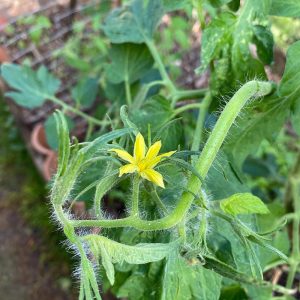
Attracting insects like bees and butterflies is one of the best ideas you can have when developing your garden . Every plant has flowers , most during the day but some at night . Some flowers are biiiig and some are so small you can barely see them but they all need insects to come along and pollinate them or nothing happens.
Have you ever had cucumbers that flower like crazy but you never see any cucumbers? Well, now you know why. No insects no Joy L
I have a motto in my garden, if it flowers it stays because I am creating not only a garden but an environment that houses a healthy ecosystem that supports itself.
These beneficial insects that are visiting the flowers in my garden are also keeping the bad insects at bay so I have no need for pesticides or chemicals to ever be used.
Did you know those cute little lady bugs; that everyone loves, are actually a huge predator in your yard?? Those “ladies” are eating up to 5000 aphids a day – and the reason they like to hangout in your yard or garden is because of the plant diversity. (and yes that includes weeds)
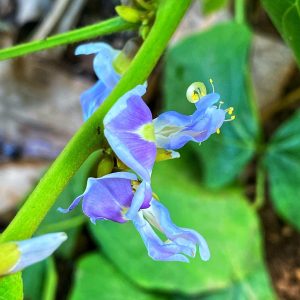 Did you know that the dandelion that sprouts up in May and creates a beautiful flower is such a bee attractor that there are movements around the world asking people not to cut their grass during this month to help out our pollinator friends?
Did you know that the dandelion that sprouts up in May and creates a beautiful flower is such a bee attractor that there are movements around the world asking people not to cut their grass during this month to help out our pollinator friends?
A healthy yard has many facets not just green grass and straight hedges but birds and bees and select weeds.
Everyday – in my garden – we are visited by a myriad of hummingbirds feeding on our different flowers, Grackles looking for insects (a natural insect deterrent) as well as Robins high up in the tree tops. Tanagers are also frequent visitors, plucking mosquitoes out of the air, and even American Red Starts flirting about with the Warblers eating insects and grains off the “weeds.“
I have to mention our Mockingbirds visitors that sing to their heart content and tour the garden munching along the way as well, in fact, there are too many bird varieties to mention but with a little attention your yard will be alive and filled with bi-diversity.
Cozumel Gardener, find us on Facebook and Instagram, we have a huge 100 % organic seed catalogue and we also offer environmentally friendly products that deter insects of all types, we even produce our own fertilizer right here on the island called VERSE PLUS , hands down the finest nutrient based fertilizer you can give your plants.
Mariposas y “hierbas”. Por qué todo jardín de Cozumel necesita ambas
Mi esposa y yo regresábamos de enterrar a uno de nuestros queridos terrier llamado Bandit, y mientras caminábamos entre los predios nos percatamos de las flores más
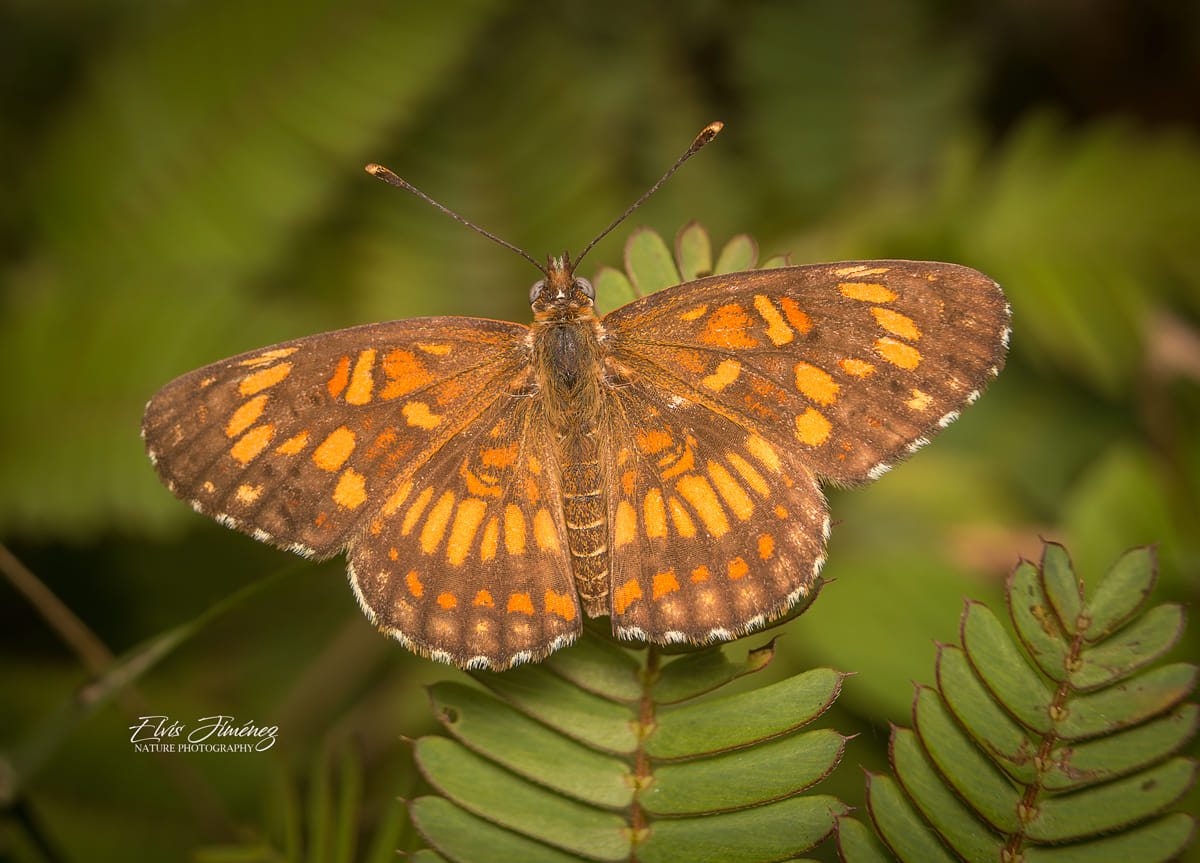
hermosas y llamativas colores amarillo y rojo, y pregunté a uno de los trabajadores si podía tomar una de las plantas. Él me dijo que era maleza y que podía ayudarme.
Bueno, pues llevé una a casa, la trasplanté en mi jardín y quise obtener más información así que me dediqué a investigar. Era un algodoncillo tropical endémico del Caribe y de Sudamérica, y otros pertenecientes a la misma familia en Norteamérica; y resulta que es el alimento preferido de la oruga de la mariposa monarca. Año tras año atraerá mariposas al jardín lo que significa que lo convertirán en una parada regular en su migración; y como la planta es anual, en otras palabras, morirá y volverá al año siguiente, no requiere inversión o trabajo adicional.
Lo que alguien creyó que era una hierba mala, era la fuente de alimento más importante para uno de los insectos más bellos que se pueden tener en el jardín: la mariposa monarca.
Hay muchas “hierbas malas” en mi jardín que no voy a arrancar pues tienen un propósito, tal como atraer a polinizadores como lo son las abejas y las mariposas. Crecen en lugares específicos con un propósito concreto; y otras son saludables para la salud; como la verdolaga, cuyas pequeñas flores color amarillo puede mezclar en su licuado y, ¡listo, acaba de tomar más de la dosis diaria de vitamina A!
Atraer insectos como abejas y mariposas es una de las mejores ideas que puede tener a la hora de crear su jardín. Todas las plantas tienen flores. La mayoría son flores de día, y otras son de noche. Algunas flores son grandes y otras tan pequeñas que apenas se ven, pero todas necesitan de los insectos para su polinización o, de lo contrario, no sucede nada.
¿Alguna vez ha plantado pepinos que florecen como locos, pero nunca logra ver un pepino? Bueno, pues ahora ya sabe por qué. Sin insectos, no hay contento L
Tengo un lema en mi jardín: si florece, se queda pues estoy creando no sólo para mi jardín sino para el entorno que alberga un ecosistema sano que se sostiene a sí mismo.
Estos insectos beneficiosos que visitan las flores de mi jardín también mantienen a raya a los insectos malos, por lo que nunca necesito utilizar pesticidas ni productos químicos.
¿Sabían que las lindas y pequeñas catarinas que todo mundo ama son en realidad un gran depredador de sus jardines? Esas “damitas” consumen hasta 5000 pulgones al día, y el motivo por el cual les gusta pasar tanto tiempo en el patio o jardín es la gran variedad de plantas (y sí, eso incluye a las hierbas malas).
¿Sabían que el diente de león que brota en mayo y crea una bella flor, atrae tanto a las abejas que hay grupos en el mundo que piden que la gente no corte el césped durante ese mes para ayudar a nuestras amigas polinizadoras?
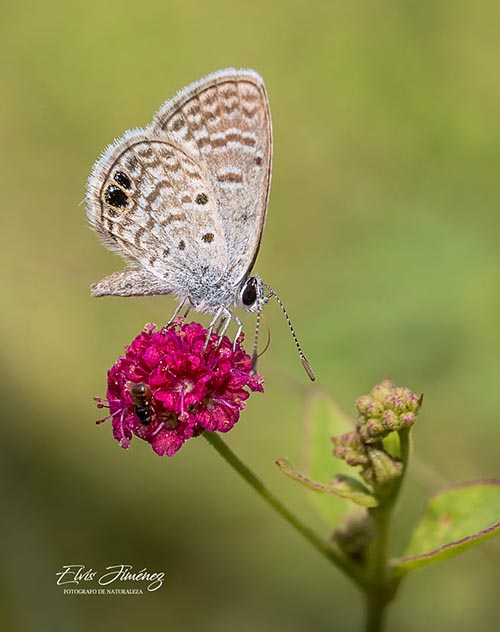
Un jardín sano tiene muchas facetas, no sólo pasto verde y arbustos bien alineados, sino también aves, abejas y hierbas selectas.
Mi jardín diariamente recibe la visita de una multitud de colibríes que se alimentan de distintas flores; grajos que buscan insectos (un repelente natural de insectos), al igual que los petirrojos en lo alto de las copas de los árboles. Las tangaras también son visitantes frecuentes que atrapan mosquitos en el aire, y hasta el cardenal que retozan con los chipes comiendo insectos y granos de las “hierbas malas”.
Debo mencionar a los cenzontles que nos visitan que cantan todo lo que desean y recorren picoteando el jardín; de hecho, hay una gran variedad de aves que bien se pueden mencionar, y con un poco de atención a su patio éste estará vivo y lleno de bi-diversidad.
Encuentre Cozumel Gardner en Facebook e Instagram, Contamos con un enorme catálogo de semillas 100% orgánicas, y también ofrecemos productos respetuosos con el medio ambiente que repelen insectos de todo tipo. Incluso, producimos nuestro propio fertilizante aquí en la Isla que se llama VERSE OLUS, sin duda el mejor fertilizante que puede dar a sus plantas a base de nutrientes.
According to Fred,"Cozumel is a paradise like no other it has inspired me to become the photographer and avid gardener I am today."
- Composting Cozumel Gardener - August 5, 2024
- Cozumel Gardener Butterflies - May 26, 2022
- Cozumel Gardener:Is it Fall Already? - September 16, 2021
Originally born in Kirkwood Missouri Fred has spent the last 25 years of my life living on the island of Cozumel in Mexico. He's happily coupled up with his partner in crime, Lily Xacur, and together they founded Cozumel Gardener. According to Fred, "Cozumel is a paradise like no other it has inspired me to become the photographer and avid gardener I am today."
Lost Diver Cozumel
Lost Diver Cozumel US Diver Lost at Sea in Northern End of...
Indian Art Cozumel Museum
Indian Art Cozumel Museum Discover the “Colors of the Indian Soul”...
Amusement Ride Injury Cozumel
Amusement Ride Injury Cozumel Cozumel Teen Seriously Injured In Amusement Park...
Cozumel Beach Clean Up
Cozumel Beach Clean Up Beach Clean Up a Massive Success with...


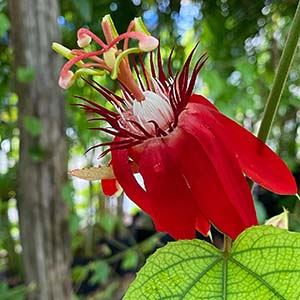







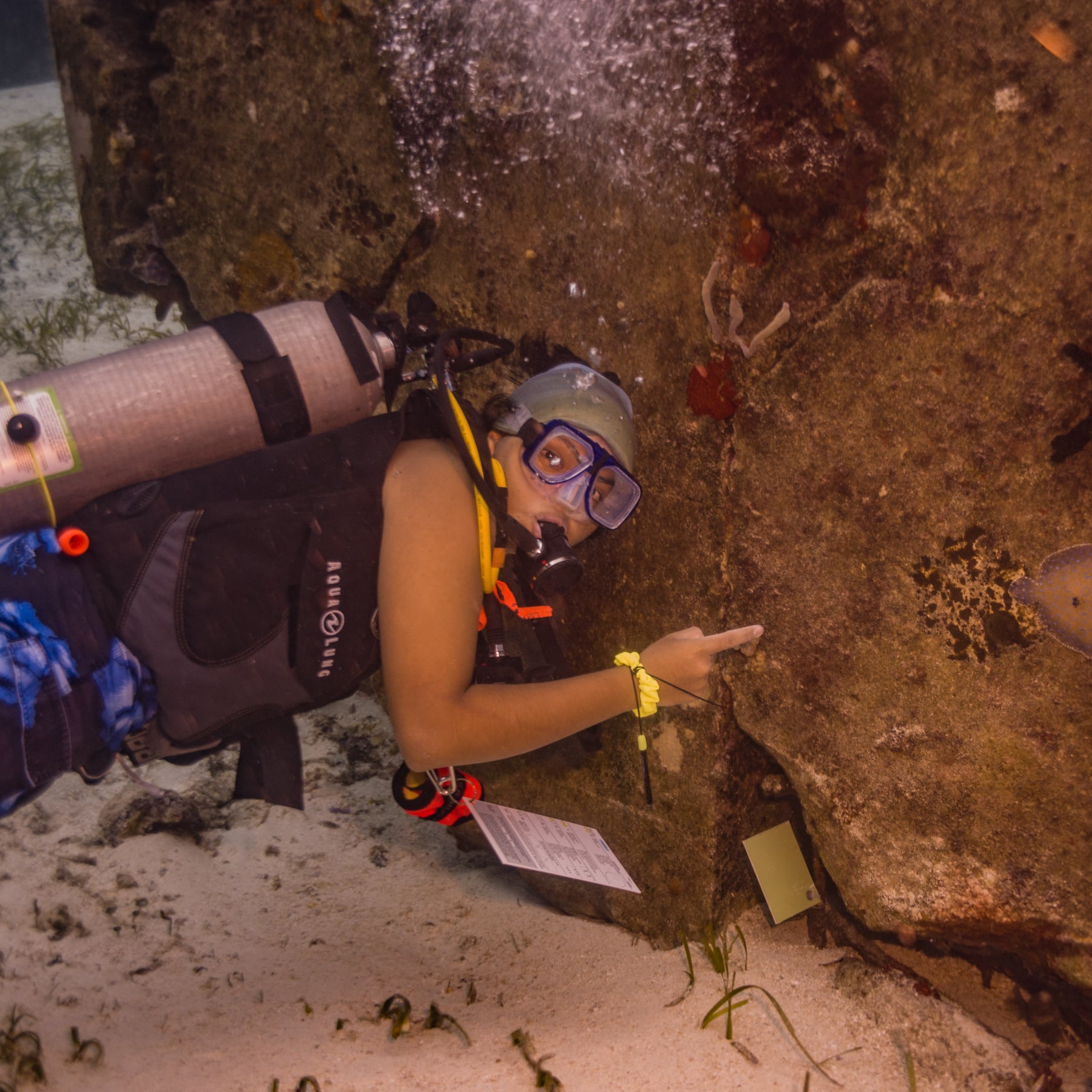
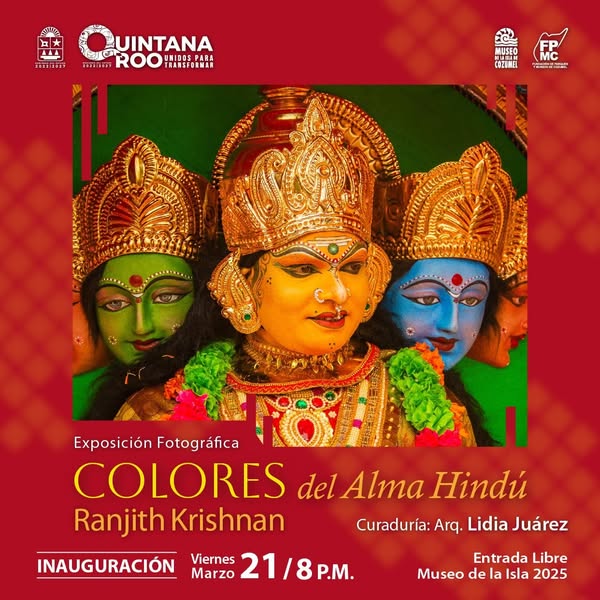

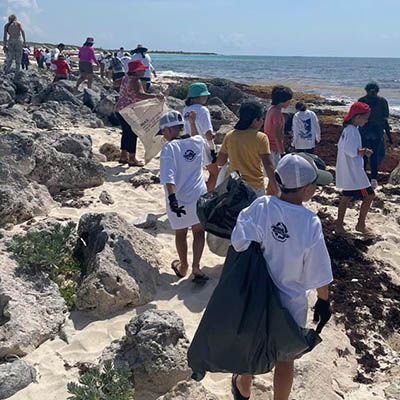






Leave a comment